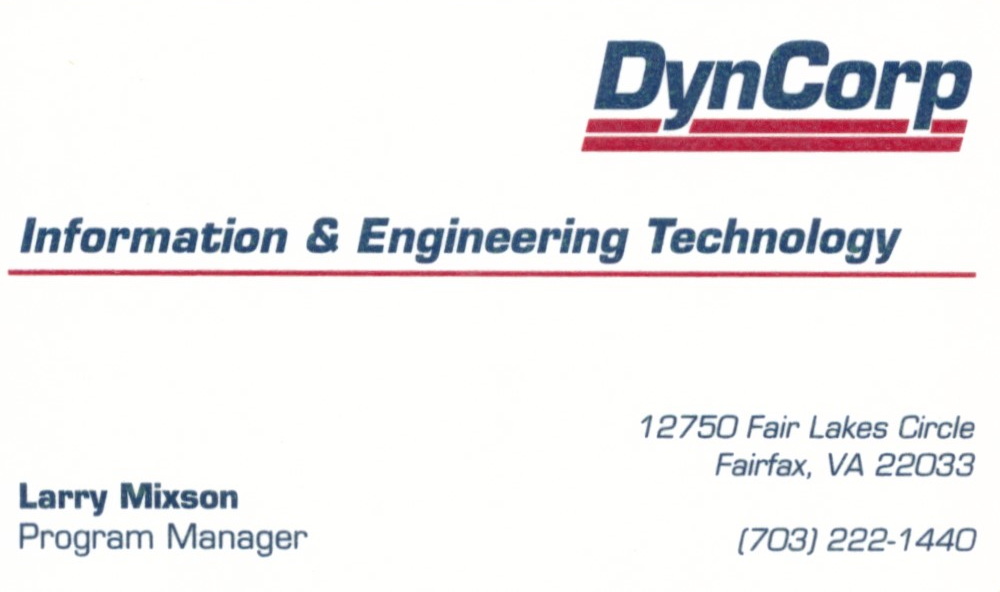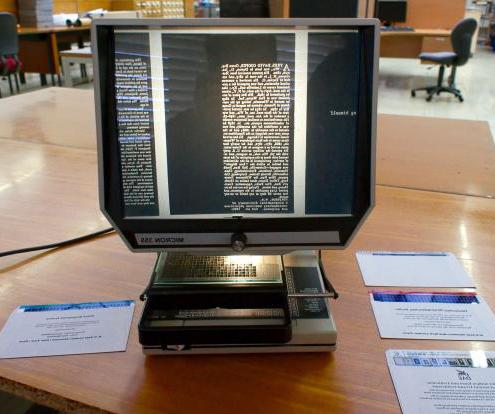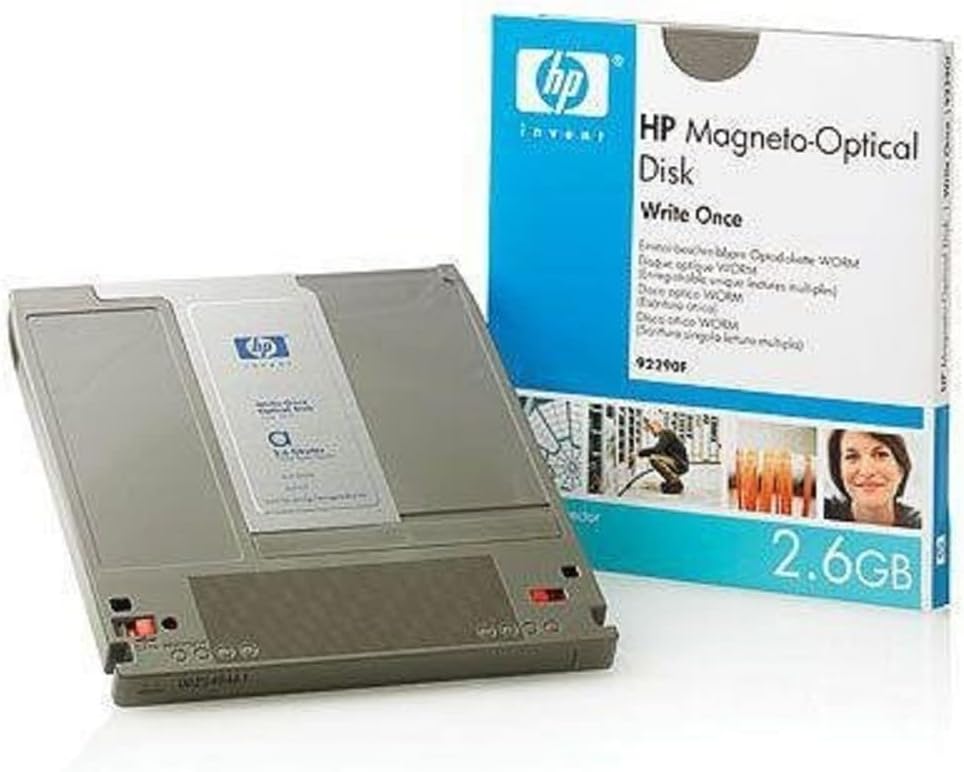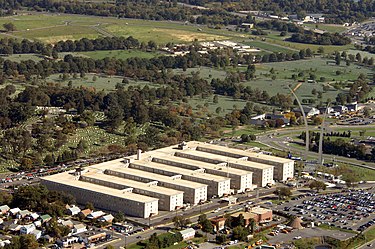

1995
DynCorp

My Dyncorp Business Card
Work at DynCorp was going well. My first assignment after starting was to work on a contract to the US Navy Bureau of Navel Personnel (BUPERS) to convert old microfilm personal records to digital images and to digitally scan paper records which were then stored on optical disks. DynCorp was awarded the contract, and I was the program manager for the implementation of the project although so far it had been mainly spending time in the office studying the RFP and the DynCorp response to it.
The Navy keeps personnel records for everyone that has ever been in the Navy. You can imagine how many records that would be. For each person who was, and had been, in the Navy there would be at least their initial joining (or draft) document and their discharge document, but that would be just a start. There would be documents for joining, boot camp, each assignment, documents for promotion, basically for everything the person did while in the service of the Navy. For people who made a career in the Navy, there could be a hundred or more pages. The records went back to the for over a hundred years. There were over 9 million archived records on microfiche alone.
 A
Microfiche
A
Microfiche
Back in the early sixty’s the Navy began converting archived paper records to microfiche. Dozens of paper records could be placed on to a single microfiche, which took roughly 3% of the space of the paper records. A single page of paper would be shrunk down to an image about the size of a postage stamp which about a hundred images could be stored on a microfiche. I had used microfiche before in a library to view old newspapers.
Even with the reduction in size, the 9 million microfiche records took up an entire floor of a building. I was amazed when I first saw them, row after row of twelve feet tall, twenty feet long filing cabinets towering over me in a dark dimly lit room. Each cabinet had shelves on a conveyor belt which you could push a button rotating the shelves up or down to bring the desired shelf into view. On each shelf were a dozen or more three foot long trays full of microfiche. There were hundreds of these large cabinets, enough to hold 9 million records, yet still they were running out of room. And these were only the inactive persons, records for anyone active in the Navy were still kept elsewhere on paper.
 A A
microfiche reader
A A
microfiche reader
Records are meant to be kept for a long time and paper records can, under the right conditions, last hundreds of or even thousands of years. The Dead Sea Scrolls were over 2000 years old when found. But it isn’t practical to keep millions of pieces of paper, which was why the Navy converted their records to microfiche. Microfiche was chosen not only because it reduced the space of the records, but it was considered a “permanent” storage media, it would last. But microfiche is not permanent. Film was made of highly flammable cellulose nitrate, later replaced by cellulose triacetate or safety film which, in warm and humid conditions, breaks down and releases acetic acid. I remember walking down the rows of files and there being a vinegar smell, the smell of acetic acid. The whole place could go up in flames at any time, like the 1937 Fox movie vault fire which started by gases produced by decaying film.
The Navy had put out a Request for Proposal (RFP) to convert the microfiche records to digital form and store them on digital media and DynCorp had responded to the RFP and was award the contract a month or two before I joined DynCorp, and they brought me on board to be the Program Manager for the implementation phase of the project. The contract was to convert the 9 million records to digital images and store them on optical disks. Optical disks were chosen as the contract called for “long term” storage media, as I recall the media was required to last 100 years, and optical disks were supposed to meet that requirement.
 Magneto-Optical
Disk
Magneto-Optical
Disk
Optical disks, more correctly, Magneto-Optical Disks, were one of the latest computer media at the time. Writable CD’s were available but they were not considered to be long term storage due to being plastic. Optical disks on the other hand were thin glass plates inside a protective plastic cover. At 5.5 by 6 inches and a quarter inch thick, an optical disk could hold a total of 1.3 gigabytes between its two sides. (Before the project was completed HP came out with 2.6 GB disks) The disks themselves were stored in what was known as a “jukebox”, a large refrigerator sized device that held a hundred optical disks in slots. The jukebox had a clear glass side so you could watch it in action. Like a music jukebox in a diner, the optical jukebox had a robotic arm that would move around, select the appropriate disk, pull it out, and put it in the disk reader built into the jukebox. When it was finished with that disk, the robotic arm would zip back to the disk reader, pull out the disk and put it back into its designated slot then select another disk. It was memorizing to watch it.
It was interesting to see the changes in technology. The original 9 million paper records which would have taken several football sized buildings to store, had been shrunk down and stored on microfiche which still took up a building half the size of a football field. The microfiche were now to be converted into digital images which would fit in a couple refrigerator sized cabinets.
The project was well underway when I joined the team, the hardware had been selected, and initial pieces had been installed. In addition to the optical disk jukebox there was a DEC Vax computer for a server and a couple dozen PCs as user terminals and a microfiche scanner to convert the microfiche to digital images. The microfiche scanner was the size of three refrigerators, containing sophisticated optics and electronics to scan a microfiche and convert each page image on it into to a digital image file. It was quite interesting to see it in operation. An operator would put a tray containing a hundred or so microfiche into the machine and a robotic arm would pick a microfiche out and put it into the scanner that would scan each postage size image on the fiche. As each image was scanned it would be displayed on a computer monitor, three or four seconds per image, the pages would flash by. When fully scanned, the robotic arm would remove the fiche, put it into a completed tray and then get the next fiche. Three or four minutes per fiche depending on how many images were on it. Let me see, 9 million microfiche records, four minutes per fiche, that would take a long time. After the proof-of-concept phase of the project, several more scanners were to be added.
 The
Navy Annex
The
Navy Annex
Arlington National Cemetary in background
The BUPERS operation was in one of the buildings collectively known as the Navy Annex which also housed the US Marine Corps headquarters. Sitting on the banks of the Potomac River between the Pentagon and the Arlington National Cemetery, it was originally built as a warehouse in 1941 with one million square feet of space arranged into eight wings. BUPERS took several floors in wing number six. I remembered the first time I went to BUPERS. To get into the building I needed a clearance, not top secret, not even secret, just basic clearance. I filled out the paperwork right after starting at DynCorp, I wasn’t too worried about it, well, except for the question about doing any drugs, I wasn’t sure about putting down that I had smoked marijuana, but thought being truthful was better than lying, so I wrote it down, back in 1976, I specified, along with all the places I worked, lived and references, wife’s name, and so on. My clearance didn’t take long, about a month later it was approved, and my boss took me down to the BUPERS to get a badge. The Navy Annex was about an hour drive from the DynCorp office in Farifax Virgina.
After arriving that first day my boss took me to the security station where they issued me a badge allowing me to later enter without an escort. The building, originally a warehouse, still very much looked like an industrial warehouse with twenty-foot ceilings, concrete columns, exposed pluming and ductwork hung from the twenty-foot-high ceilings. Not well lit and on the dark side, it was kind of spooky. After getting my badge we went into the building and I was introduced to the BUPERS operational staff and then shown the room where DynCorp was installing the equipment. A DEC Vax computer, one of the optical disk jukeboxes, the first microfiche scanner and a few terminals had been installed. I found it all quite interesting and looked forward to working on the project.
The Navy Annex was demolished in 2013 to make room for an expansion of Arlington National Cemetery.
Updated: 03-02-2024